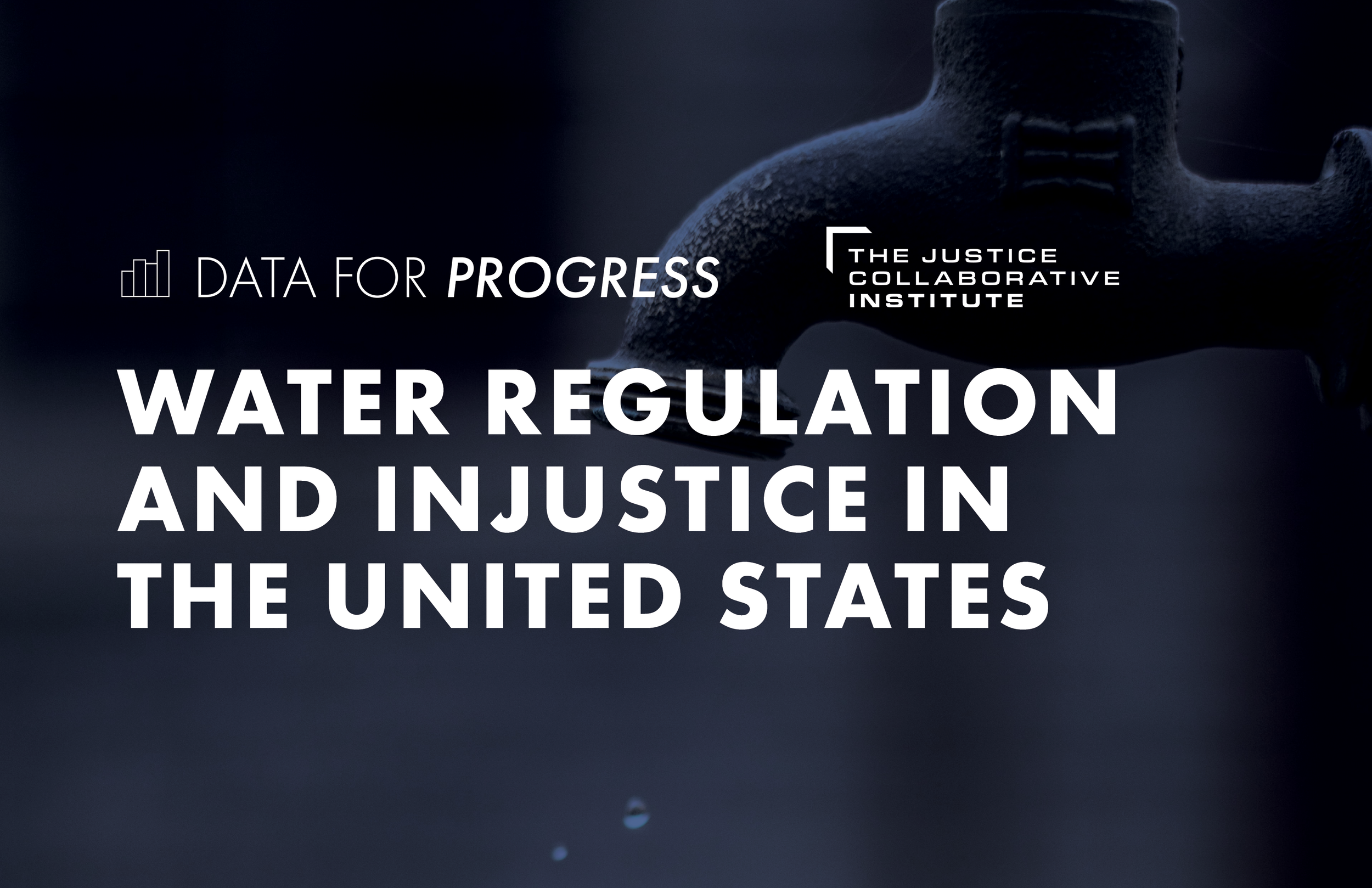Memo: Water Regulation and Injustice in the United States
By Tamar Meshel Assistant Professor, Faculty of Law, University of Alberta
Executive Summary
The notion of “environmental justice” reflects the disproportionately high burden of environmental hazards—such as pollution—borne by low-income communities, communities of color, and indigenous communities, as well as the disproportionately low access of these communities to environmental benefits—such as clean water. This already unequal distribution of environmental costs and benefits has been gradually exacerbated in the United States, as elsewhere, by climate change and the COVID-19 pandemic. Nowhere is the disparity clearer than with respect to water injustice. Over 2 million Americans are living without access to running water and basic indoor plumbing. Many more live without sanitation. Two causes of water injustice in the United States are a fragmented legal framework governing water issues and a lack of recognition—at both the federal and state level—of the human right to water and sanitation.
Water injustices include a lack of access to clean drinking water, inequalities in the enactment or enforcement of water-specific laws and regulations, and the exclusion of community voices from federal water policy. In the absence of a national program to assist low-income residents, state-to-state variations in water pricing forces vulnerable communities to trade off between safety and affordability—as in Flint, Michigan. At the core of these issues is the underrepresentation of ethnic and racial minorities in government, law, and business, all but ensuring de facto exclusion from environmental decision-making. Discriminatory zoning and land-use regulations, and a chronic lack of transparency and inadequate access to information concerning water issues exacerbates these disadvantages. All of these factors have led to obstacles in establishing the right to water and sanitation, experienced disproportionately by Black, Latinx, Native, homeless or otherwise disadvantaged people in the United States.





